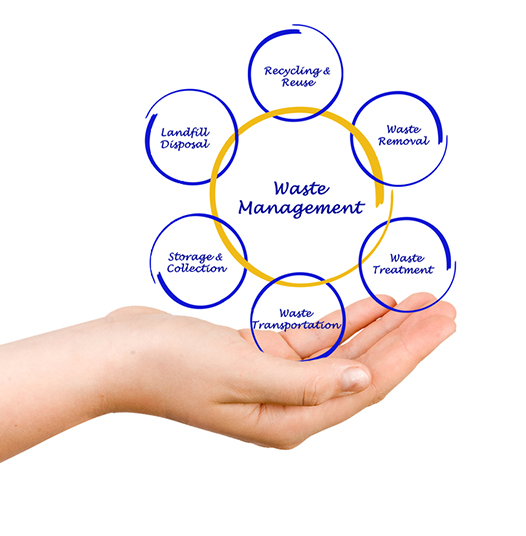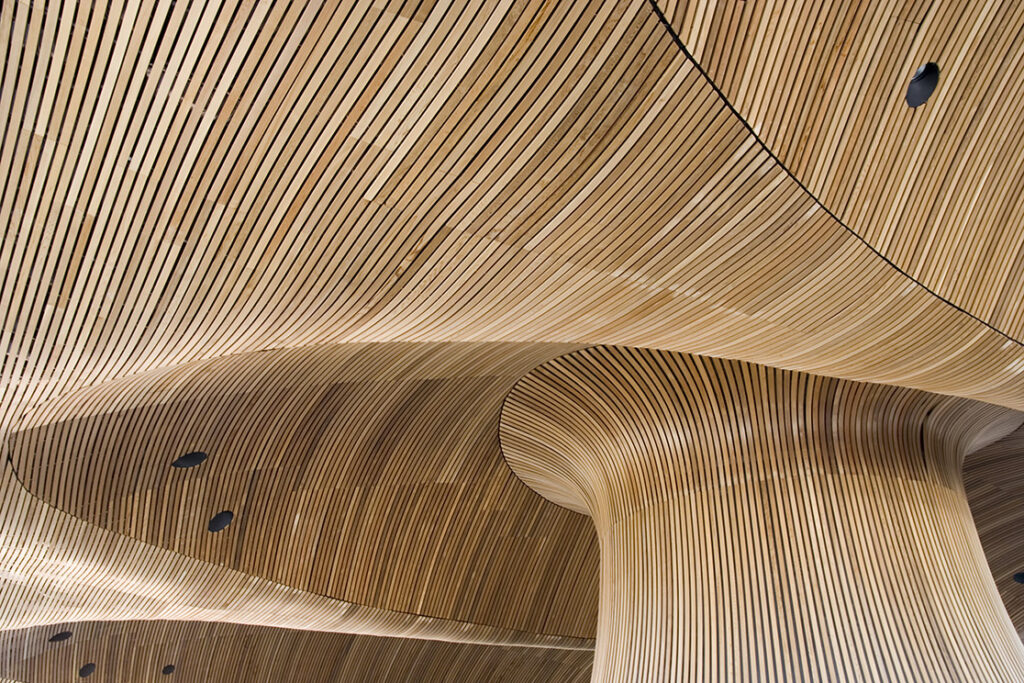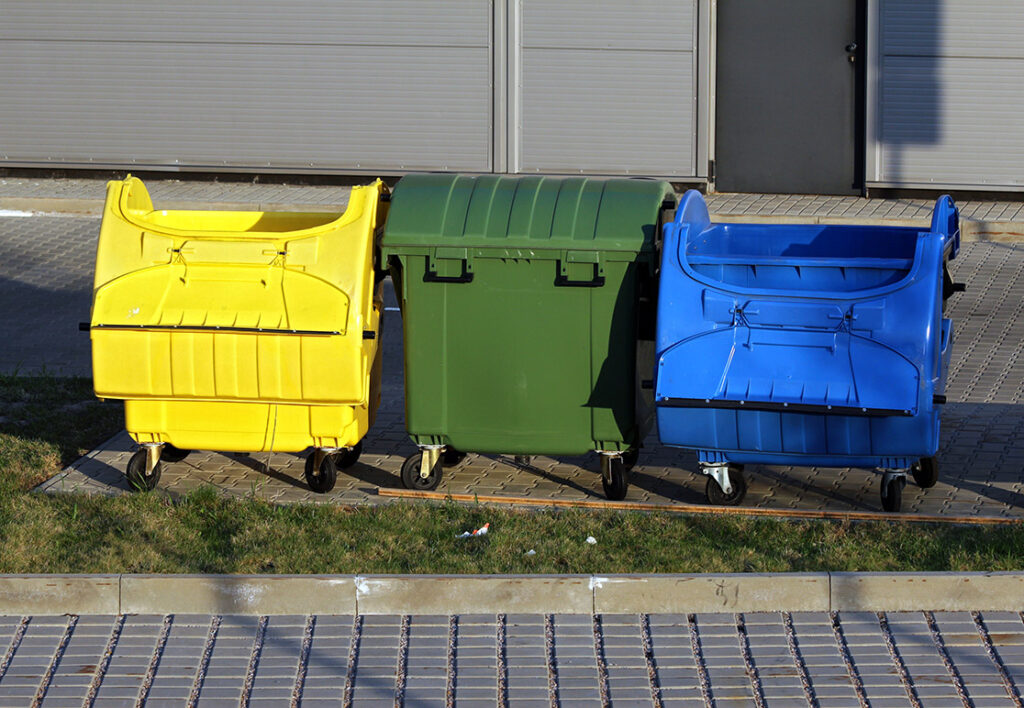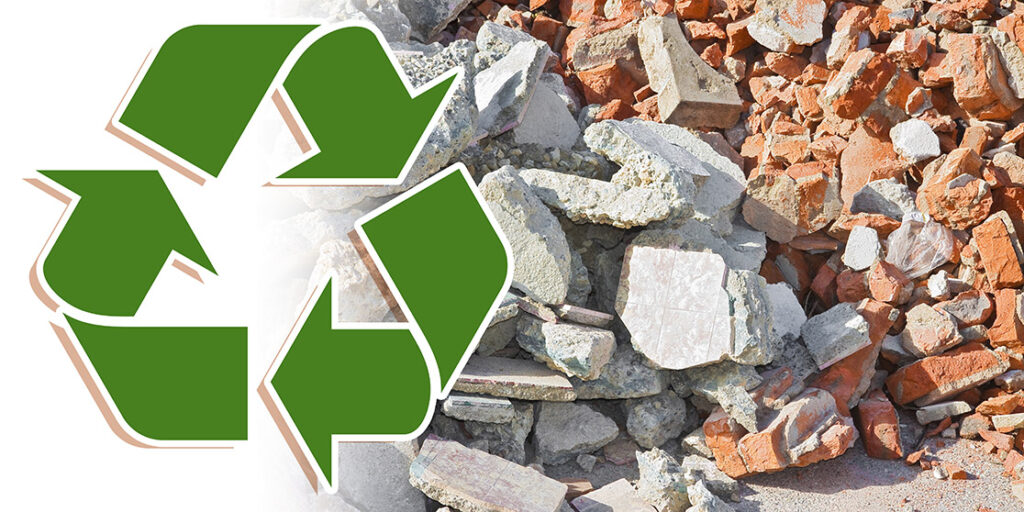3 Sustainable Practices That Create a Green Construction Site
What does it take to make a construction site a sustainable working environment?
In a previous Insight, we looked at the overall importance of sustainability in construction. It seems logical to follow that up with a post about how an individual site can operate as a ‘green’ space.
In other words, what can we do, as a company and as individuals, to make our working practices as eco-friendly as possible?
We’ve looked at three key measures that help to lower the environmental impact of a construction site. They are the kind of measures that mark us out as the type of partner a client knows is working to establish a strong, sustainable ethic.
Understanding Sustainable Construction Practices

The Importance of Green Construction Sites
Green sites are becoming crucial. They minimise the impact of construction activities, which are historically quite damaging to the environment. These sites prioritise the use of resources that are sustainable, reduce waste, and limit greenhouse gas emissions.
Construction is subject to increasingly stringent environmental regulations. These apply as much to the developers and architects as to the builder.
Partnering with construction firms that prioritise green building practices is not just about corporate social responsibility; it’s also about long-term cost savings and compliance with the law.
Customers are more environmentally conscious than ever, so a focus on green building sites can improve brand perception.
It creates a healthier work environment for construction workers, and in the long term, for future occupants of the building. The use of non-toxic materials and improved air quality can only benefit everyone.
Green sites and sustainable development help to balance the client’s economic needs with the welfare of the environment and society.
Current Trends in Sustainable Construction
What are the current trends shaping the future of the industry?
- The use of recycled materials is on the rise, as companies repurpose everything from reclaimed wood to recycled steel.
- This reduces the demand on raw resources and minimises waste.
- There is a growing trend towards modular and prefabricated construction methods. These are more efficient and also produce less on-site waste.
- Energy-efficient designs are increasingly popular. Incorporating natural light, better insulation, and smart systems to reduce energy consumption are all winners.
- The most sought after green certifications in the UK are LEED (Leadership in Energy and Environmental Design) and BREEAM (Building Research Establishment Environmental Assessment Method). They provide a benchmark for sustainable construction practices and offer tangible proof of a company’s commitment to the environment.
All these trends are more than just passing fads. They represent a significant shift towards more responsible building practices that retail and leisure company managers should consider when selecting a construction partner.
Practice 1: Electrically Powered Plant – A Green Solution
The Benefits of Electrically Powered Construction Equipment

Electrically powered plant and construction equipment gives a significant boost to sustainable construction practices. They offer numerous benefits, including:
- the substantial reduction in emissions compared to traditional diesel-powered machinery
- improvement of air quality around construction zones
- reduction in noise pollution, as electric motors are considerably quieter. This is particularly beneficial in urban settings where construction sites are often in close proximity to residential and business areas
- lower operating costs over time, thanks to the efficiency of electric engines and the decreasing cost of electricity, especially when sourced from renewable energy
Using electric construction equipment is a clear statement of a company’s commitment to sustainability. It can enhance reputation and satisfy environmentally conscious stakeholders.
There is also the matter of ULEZ (Ultra-Low emission Zones). Using diesel-powered plant – diggers, cranes, forklifts, bulldozers etc – incurs huge penalties in areas like all London boroughs, and other cities through the UK.
Electric plant saves the construction company, and thereby the client, a considerable chunk of money.
Implementing Electric Power in Construction Sites
Integrating electric power into construction sites requires strategic planning and investment. To begin with, is the equipment that can meet the demands of the tasks available? Should they buy, lease or rent?
Investing in electric machinery involves looking at the long-term savings on fuel and maintenance, balancing them against upfront costs.
Infrastructure for charging is also a key consideration. Construction sites will need sufficient charging stations to ensure equipment is always ready for use.
Training for workers is essential to operate new electric machinery safely and efficiently. Companies should consider sourcing renewable energy to power their electric plant, thus further reducing the carbon footprint of their operations.
By taking these steps, construction firms not only improve their sustainability profile but also position themselves as innovators in green building sites.
Practice 2: Using Recycled and Sustainable Materials

The use of recycled and sustainable materials is a cornerstone of green construction. By selecting materials that have been reclaimed or responsibly sourced, we can significantly reduce environmental impact. This includes using recycled metals, repurposed wood, or sustainably grown timber.
It’s not just about the materials themselves, but also the supply chain and production processes involved. These should minimise carbon footprint and environmental degradation.
Additionally, these materials often require less energy to produce and transport. That’s another reduction in greenhouse gas emissions. By incorporating these materials into building projects, we demonstrate environmental responsibility. We can also, potentially, reduce costs associated with waste disposal and material purchasing.
We strongly believe retail and leisure company managers need to look at partnering with builders who prioritise these materials. It’s a step towards achieving sustainability goals and enhancing their own brand’s commitment to the environment.
Practice 3: Great Waste Management Strategies

There’s always going to be waste in construction. So effective waste management is vital to maintaining green building sites. In the past, everything went in a skip – that’s not true any more. Although skips do still have a function!
Construction companies must develop and implement robust strategies to reduce, reuse, and recycle waste materials.
This starts with the planning stage, where waste reduction can be integrated into the design. Specifying precise material quantities and modular components minimises the amount that needs to be thrown out.
On-site, separating waste into different streams gives higher recycling rates and increases the potential reuse of materials. It is also important to choose suppliers who take back excess materials for recycling or future use.
Additionally, investing in technology that can track and manage waste helps in monitoring progress towards waste reduction goals.
For construction partners of retail and leisure companies, showing a commitment to waste management can significantly enhance their environmental credentials. That can offer a clear competitive edge when it comes to sustainability in the industry.
Green is the Colour!

At BHR we are committed to moving to sustainable practices on every site. The logistics of using electrical plant are not always in place, but we are finding it is more and more possible to put it in place when we work closely with our clients.
We pointed out in our previous blog that sustainability is no longer an option. We are expected to work towards it.
We are required by law to meet legislation. We are strongly encouraged by negative consequences. (Those ULEZ penalties hurt!)
And our connection with the environment we all live in makes limiting the damage we do a natural imperative.
Back to Insights